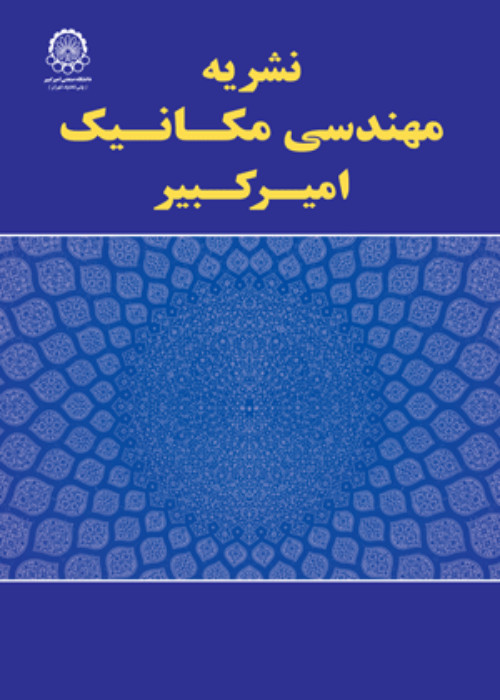Comparison of Artificial Neural Network Methods for Modeling of Turning of Polymer Matrix Composite
Author(s):
Abstract:
In this research, polymer matrix composite filled with aluminum particles was synthesized and turned with different machining condition namely: cutting speed, weight fraction of particle, depth of cut and feed. Then, surface roughness was measured and two artificial neural networks models Multi-Layer Perceptron (MLP) and Radial Basis Function (RBF) were developed to estimate effects of four turning parameters on surface roughness. Correlation between training data and experimental data were shown that MLP network was better than RBF as a compatible network (correlations were 0.835 for MLP network and 0.542 for RBF network). Because of higher correlation for MLP network, this network was proposed as a model for investigation the effects of turning parameters on surface roughness.
Keywords:
Language:
English
Published:
Amirkabir Journal Mechanical Engineering, Volume:47 Issue: 2, 2016
Pages:
83 to 100
magiran.com/p1534333
دانلود و مطالعه متن این مقاله با یکی از روشهای زیر امکان پذیر است:
اشتراک شخصی
با عضویت و پرداخت آنلاین حق اشتراک یکساله به مبلغ 1,390,000ريال میتوانید 70 عنوان مطلب دانلود کنید!
اشتراک سازمانی
به کتابخانه دانشگاه یا محل کار خود پیشنهاد کنید تا اشتراک سازمانی این پایگاه را برای دسترسی نامحدود همه کاربران به متن مطالب تهیه نمایند!
توجه!
- حق عضویت دریافتی صرف حمایت از نشریات عضو و نگهداری، تکمیل و توسعه مگیران میشود.
- پرداخت حق اشتراک و دانلود مقالات اجازه بازنشر آن در سایر رسانههای چاپی و دیجیتال را به کاربر نمیدهد.
دسترسی سراسری کاربران دانشگاه پیام نور!
اعضای هیئت علمی و دانشجویان دانشگاه پیام نور در سراسر کشور، در صورت ثبت نام با ایمیل دانشگاهی، تا پایان فروردین ماه 1403 به مقالات سایت دسترسی خواهند داشت!
In order to view content subscription is required
Personal subscription
Subscribe magiran.com for 70 € euros via PayPal and download 70 articles during a year.
Organization subscription
Please contact us to subscribe your university or library for unlimited access!



